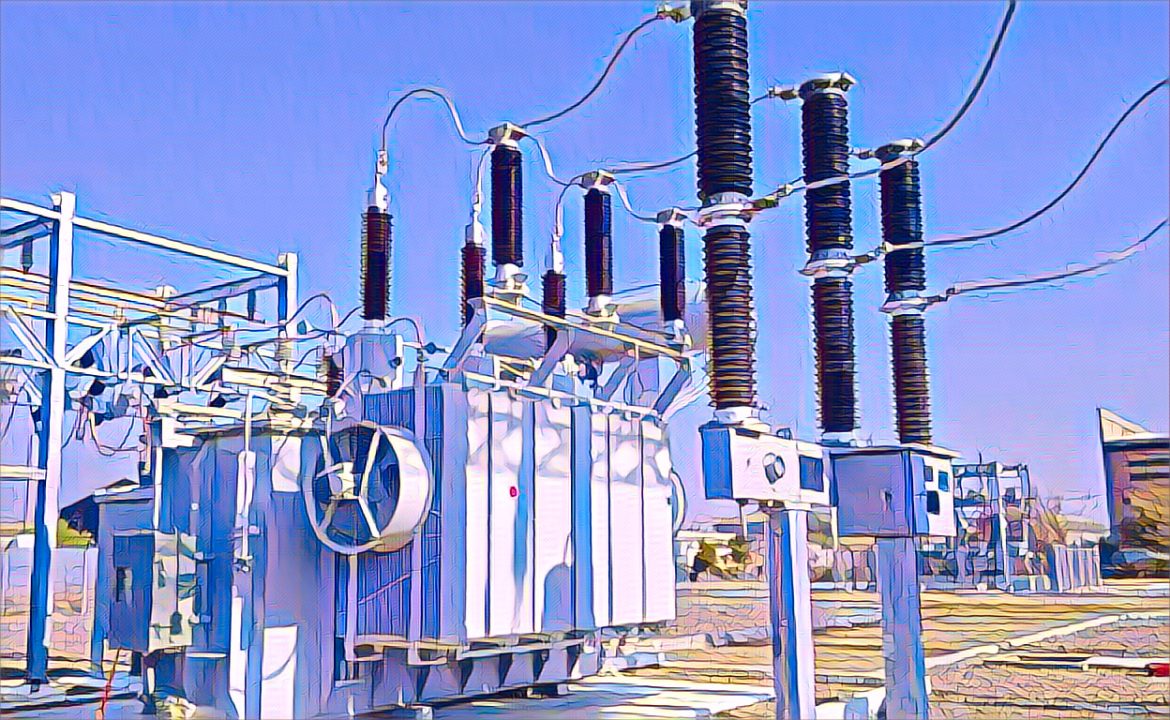KEY POINTS
- Zimbabwe is counting on Independent Power Producers (IPPs) to stabilize its energy supply amid ongoing shortages.
- Several upcoming projects are expected to add much-needed capacity to the national grid, reducing reliance on imports.
- The government is promoting private sector participation to enhance energy sustainability and address chronic power outages.
Zimbabwe is pinning its hope on new projects from Independent Power Producers (IPPs) as the country continues to battle with electricity deficit.
Since the national grid is stretched and power blackouts are becoming more and more frequent, the government is relying on IPPs to increase the capacity and meet the growing energy needs.
The country has been experiencing energy shortages for many years because of the old equipment and lack of funds for new capacities construction.
However, with several IPP led projects in the pipeline, there is some hope that Zimbabwe could easily ramp up its power generation and reduce its dependence on imports from the neighboring countries.
Projects expected to increase national grid
The Ministry of Energy in Zimbabwe has been at the forefront of encouraging IPP projects, especially owing to the fact that the private sector is required to support the state-owned ZESA.
Several large scale projects are expected to go on stream shortly and could add several hundred MWs to the system. These are solar, hydro and thermal power projects all of which are intended to harness the natural resources of the country and to provide a variety of energy sources.
The government has underlined the importance of these measures for industrial and household electricity supply. Zimbabwe has always experienced a demand surge for energy, which has resulted in power rationing that affects the productivity of the country’s economy.
But with the IPP projects nearing completion, officials believe that this gap will reduce and assist in stabilizing energy supply across the country.
New Zimbabwe has reported that the government is pushing for increased investment into IPPs since it has realized that the public sector cannot on its own solve the energy problem.
The use of other sources of energy is also in the long-term plan of Zimbabwe to shift to the use of renewable energy as the world fights climate change.
Sustainable energy future
IPP’s are not only a short term fix to Zimbabwe’s energy problems but are also viewed as a long term solution to the country’s energy problems.
The government wants to cut down the import of electricity and try to generate electricity from its own resources to the maximum extent possible. Specifically, solar energy is viewed as having potential for expansion given the country’s favourable climate.
To support IPP projects the government has deregulated the sector and offered incentives to investors. These efforts are intended to help make the business climate more attractive to private energy firms and to guarantee that projects are delivered on schedule and within cost constraints.
However, the government still faces some challenges such as financing and regulation for IPPs, the government still believes that IPPs will not only address the current energy crisis but also provide a long-term solution to the energy problem in Zimbabwe.
Optimism for the future
However, there is increasing optimism that the IPPs that are now flooding Zimbabwe could be the answer to the energy woes that have characterized the country in the past.
The officials argue that if these initiatives are successfully launched, they will help millions of Zimbabweans who have suffered from power outages for many years. The future of Zimbabwe’s energy sector may well lie in the success of these private initiatives and the government’s capacity to attract more players to its burgeoning energy market.


